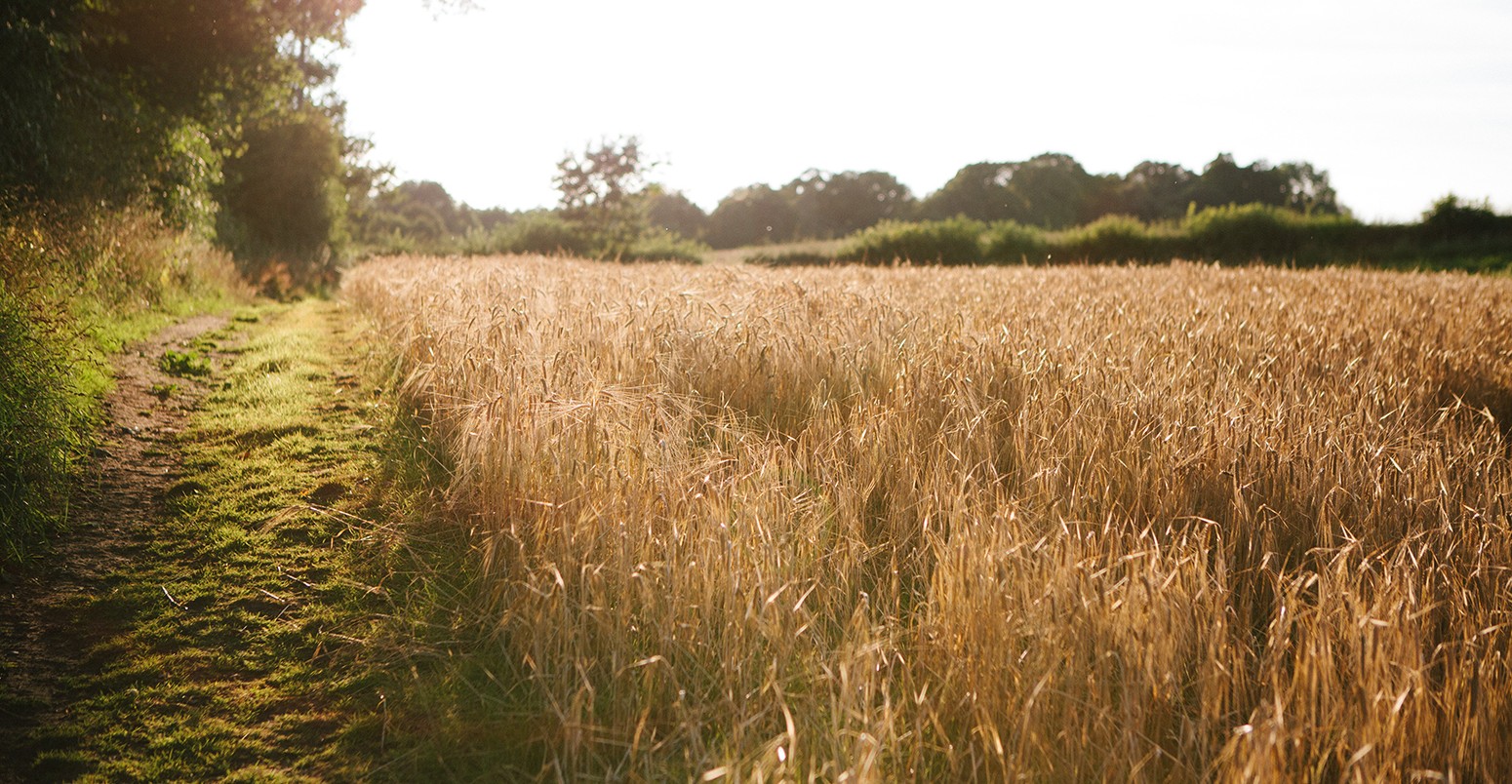
England’s growing season now almost a month longer, says Met Office
Robert McSweeney
03.23.16Robert McSweeney
23.03.2016 | 12:01amThe growing season for crops and plants in England over the past decade is around a month longer than it was during 1961-90, say scientists at the UK’s Met Office.
Their analysis also shows the number of days where temperatures dipped low enough for a frost has decreased in recent years.
The changes are a “double-edged sword” for UK crops, another scientist tells Carbon Brief, and shows that farmers need to be able to adapt their choices of crop to the UK’s changing climate.
Green and pleasant land
The growing season is the part of the year when conditions are warm enough for plants and crops to grow. The season starts when average daily temperatures for five days in a row rise above 5C. It ends once five consecutive days fall back below 5C.
For the UK, the growing season is longer in the warmer parts of the country, such as southwest England, and shorter in the chillier areas of northern England and Scotland.

Average annual growing season length for 1961-90. The darker the green shading, the longer the season. Source: Met Office.
In their analysis, the Met Office uses data from the Central England Temperature (CET) record, which covers a roughly triangular area between the three points of London, Bristol and Lancashire. With temperature data back to 1659, the CET is the longest instrumental record in the world.
In the late 19th century, central England’s growing season was around 244 days. About a century later, between 1961 and 1990, this had increased by about a week, the Met Office says.
More recently, however, the growing season has lengthened even more, says Dr Mark McCarthy, head of the Met Office’s National Climate Information Centre:
A longer growing season is a “double-edged sword” for England’s farmers, says Prof Andy Challinor, professor of climate impacts at the University of Leeds, who wasn’t involved in the research. He explains to Carbon Brief:
How different crops respond to a longer growing season will also depend on a range of other factors, McCarthy tells Carbon Brief:
Decreasing frosts
In addition to lengthening growing seasons in England, the UK as a whole is also seeing fewer frosts, the Met Office says.
Between 2006 and 2015, the average number of days of frost per year was 17% lower than during 1961-90.
These figures refer to “air frosts”, where the air around one metre above the ground dips to 0C or below. You can also get “ground frosts” when ice forms on surfaces, such as plants, car windscreens and pavements, that are at or below freezing. Ground frosts can occur even when it’s not quite cold enough for an air frost.

Average annual number of days with air frost for 1961-90. The darker the blue shading, the greater the number of frost days. Source: Met Office.
Even with rising average temperatures, the UK will still get cold spells that bring frosts, McCarthy says:
While fewer frosts is good for most farmers, it’s only one part of how climate change is affecting UK crops, says Challinor:
Increasing temperatures
Longer growing seasons and fewer days of frost are indicative of the warming that the UK has experienced over recent decades, says McCarthy:
But year-to-year variations in the weather also play a role, he says:
Both growing season and frost days are influenced by variations in a natural fluctuation known as the North Atlantic Oscillation (NAO), the Met Office says. When the NAO is negative, the UK tends to get a cold, dry weather from the east – and hence more frost days and a shorter growing season. When it’s positive, the UK gets more wet and windy weather from the west, reducing frost days and lengthening the growing season.
The NAO can flip-flop from one year to the next, either suppressing or amplifying the underlying warming from climate change, says Prof Adam Scaife, head of long-range forecasting at the Met Office. He tells Carbon Brief:
In the chart below, for example, you can see how central England (black line) and global (red) temperatures have changed since 1850.

Global (red line) and Central England (black line) temperatures since 1850, relative to 1901-2000. Source: Climate Lab Book.
Although the CET shows much larger variations from year to year, it tracks the longer term trends in global temperature, says Dr Ed Hawkins, associate professor at the University of Reading, who also wasn’t involved in the Met Office research. He tells Carbon Brief:
And even with the UK’s famously variable weather, the long-term trend of rising temperatures is obvious, Hawkins says:

